A New Look for a New Era: The Wireless Institute Unveils New Logo
July 1, 2025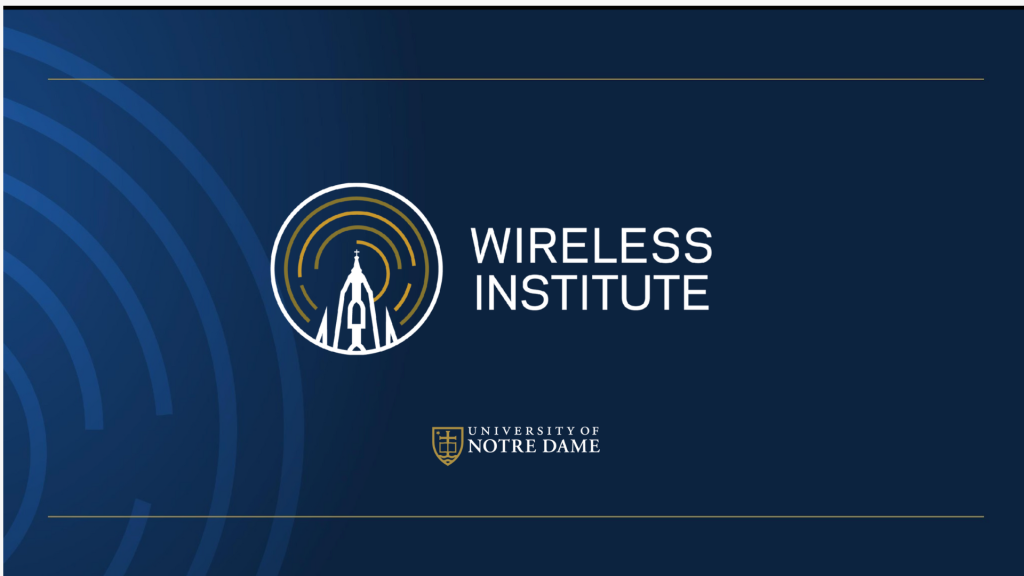
As the Wireless Institute—within the College of Engineering at the University of Notre Dame—celebrates its 15th anniversary, a fresh new look marks the next chapter in its journey of innovation and impact. Coming out of the historic Wireless 125 event, which commemorated 125 years since Jerome Green transmitted Notre Dame’s first wireless message, the Institute has officially launched a new logo and rebranding effort that reflects both its legacy and forward-looking vision.
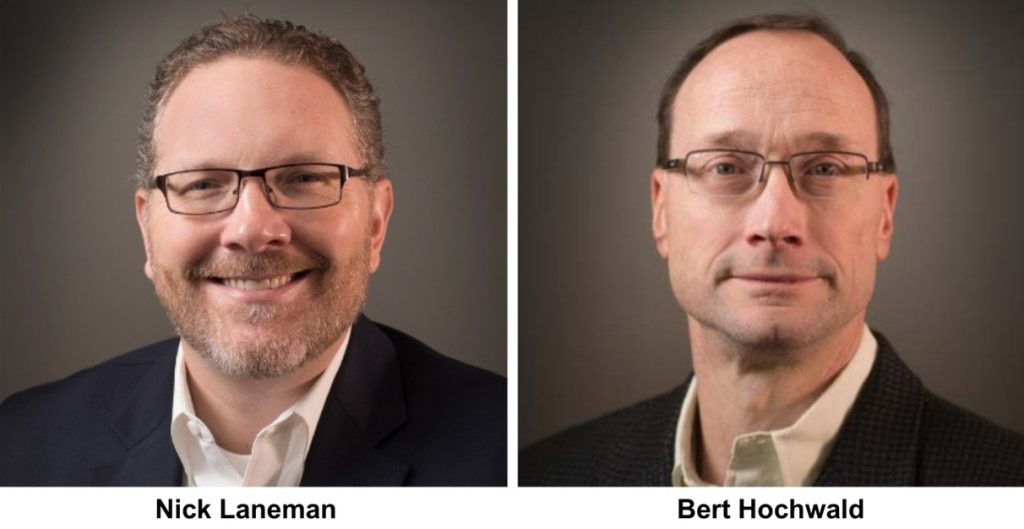
Founded in 2010 by Dr. J. Nicholas Laneman, and joined by Dr. Bertrand Hochwald as Co-Director in 2016, the Wireless Institute has grown from a bold initiative into a dynamic institute specializing in wireless research and spectrum policy. Over the past 15 years, the Institute has established itself as a leading academic center for wireless research and spectrum innovation while expanding its size, capabilities, funding, visibility, and reputation.
The timing for a refreshed visual identity was fitting. Coming out of the Wireless 125 milestone celebration and marking a decade and a half of success, the Institute saw this as the perfect opportunity to align its branding with its evolved mission and national leadership role.

“The Wireless Institute has grown tremendously in scope and impact since 2010. Wireless today touches everything—it’s hard to imagine anything happening that doesn’t have some sort of wireless component to it.”
-Dr. Bertrand Hochwald
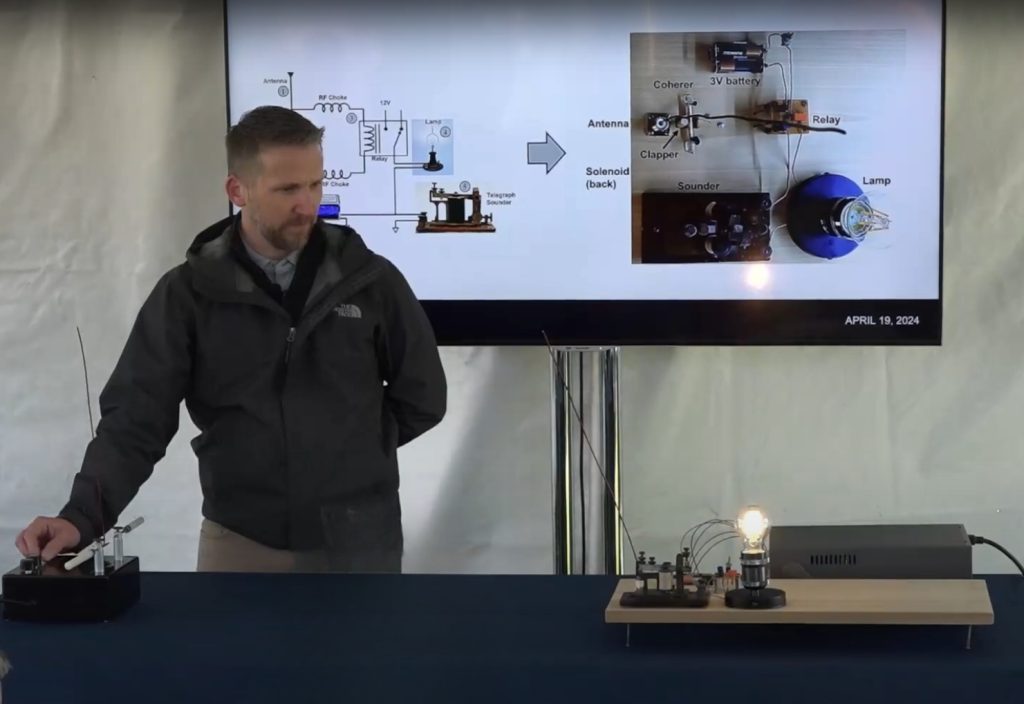
A Legacy of Accomplishment(2010-2025)
For 15 years, the Wireless Institute has been a strong steward of public and private research investments. Developing wireless technologies, educating the next generation of innovators, and supporting federal leadership in spectrum policy have been defining goals of the Institute. It has grown from a small initiative into a nationally recognized hub for wireless research, experimentation, and impact.
Key Achievements Include:
- Industry Collaboration: From its origins as Notre Dame’s first NSF I/UCRC, the Institute attracted over $700,000 in support from industry and government partners and pioneered shared platforms like RadioHound and SDR testbeds.
- SpectrumX: A $25 million NSF-funded center led by the Institute, SpectrumX unites academia, industry, and government to drive research, policy, and education across the national spectrum ecosystem.
- Midwest Tech Hubs: Building on SpectrumX momentum, this initiative promotes regional economic growth, workforce development, and technical leadership in spectrum use.
- Spinoff Successes: Faculty-led startups like PrimSphera and Cheshir Industries have brought Notre Dame innovations to market with real-world applications in healthcare, defense, and food processing.
- Expanded Facilities: In Spring 2024, the Institute expanded its dedicated lab space to 1,900 square feet, complemented by access to ten additional labs, clean rooms, and advanced computational facilities.
- Operational Support: A dedicated team of engineers, administrators, and student workers support the Institute’s research and educational efforts, in coordination with broader campus resources in communications, engineering, marketing, and research.

Several flagship projects have emerged from the Institute as well. Projects that have real word impact. These projects have helped solve real challenges and continue to support innovation in wireless technology.
Research Breakthroughs
- GRIN Antennas: Originating from seed funding, this research has pioneered the development of millimeter-wave GRIN lens antennas that are energy-efficient, compact, wideband-capable, and cost-effective. Collaborations with the U.S. Army and industry partners have produced prototypes for tactical 5G networks and satellite communications, using innovative 3D-printed ceramic designs that perform across 10–100+ GHz. These antennas have demonstrated aperture efficiencies up to 72%, setting new standards for antenna technology.
- RadioHound: A portable, low-cost receiver and beacon system that enables real-time mapping of spectrum usage over large geographic areas. With applications in new frequency bands, signal propagation analysis, and algorithm testing, RadioHound has been deployed to study spectrum sharing and utilization across dense and mobile environments.
- Shared Spectrum Sandbox: A multidisciplinary testbed for validating wireless technology and informing national policy. It enables academic, industry, and government collaboration on shared spectrum systems—supporting coexistence between cellular and Wi-Fi, spectrum reuse in urban environments, and public-private innovation in smart cities.
- Wireless for Smart Sensing: This research stream began with the NSF-funded NetSense project, one of the first large-scale studies of human proximity using smartphones and Bluetooth. It evolved into NetHealth and now the Tesserae project, which explores how wearables, smartphones, and social media data can provide insights into health, workplace performance, and social dynamics—merging wireless tech with behavioral science.
Contributions
Since its founding, the Wireless Institute has secured over $57 million dollars in research awards and made significant strides in research project development and spectrum policy. The Institute has delivered a strong return on investment for Notre Dame, generating 22 times the initial support. Its 15 faculty have earned over 100 prestigious honors, including 8 IEEE Fellows and 4 highly cited researchers, while mentoring generations of graduate and undergraduate students.

National Leadership and Public Impact

The Wireless Institute has solidified Notre Dame’s reputation as a leader in wireless research, testifying before Congress, influencing national spectrum policy, creating new and innovative wireless research breakthroughs, and hosting large scale events like Wireless 125, which drew a large and engaged audience to campus. Through its outward-facing efforts, the Institute not only advances wireless technology but also embodies Notre Dame’s mission to be a force for good in the world.
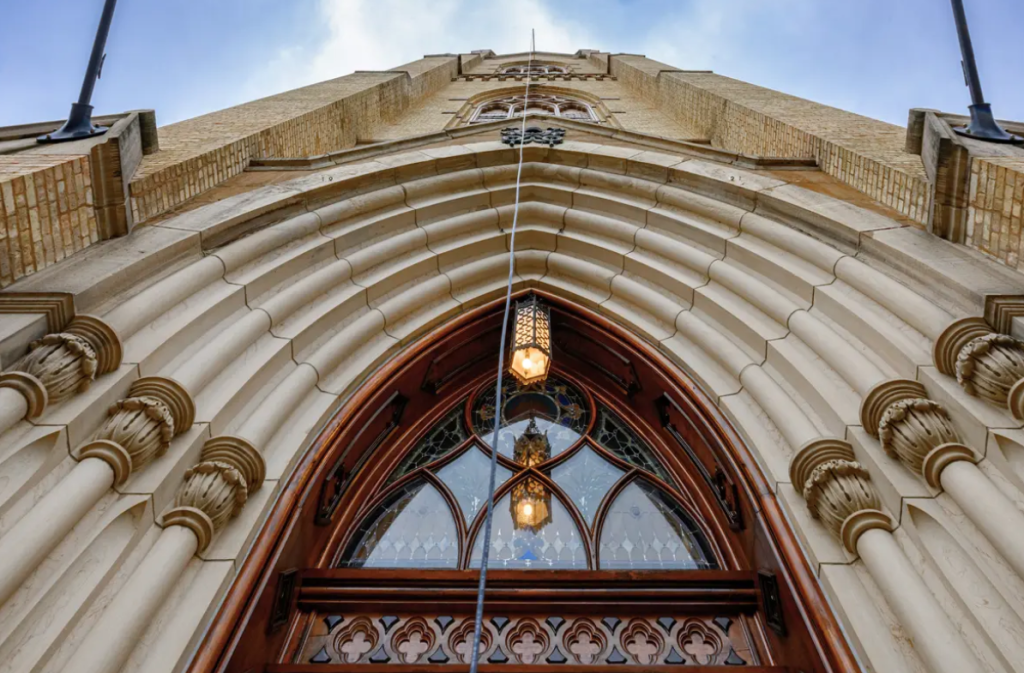
As the Wireless Institute steps confidently into its next phase, the new logo is more than just a visual update – it’s a representation of 15 years of progress and the bold ambitions that lie ahead.
“We’re proud of how far we’ve come but even more excited about where we’re headed. Much lies ahead in terms of developing more wireless technologies, new applications, and an even greater impact on society.”
-Dr. J. Nicholas Laneman
Story written by Julie Hahn
The Wireless Institute at Notre Dame. For more information on this story or the Institute contact us @ wireless@nd.edu
